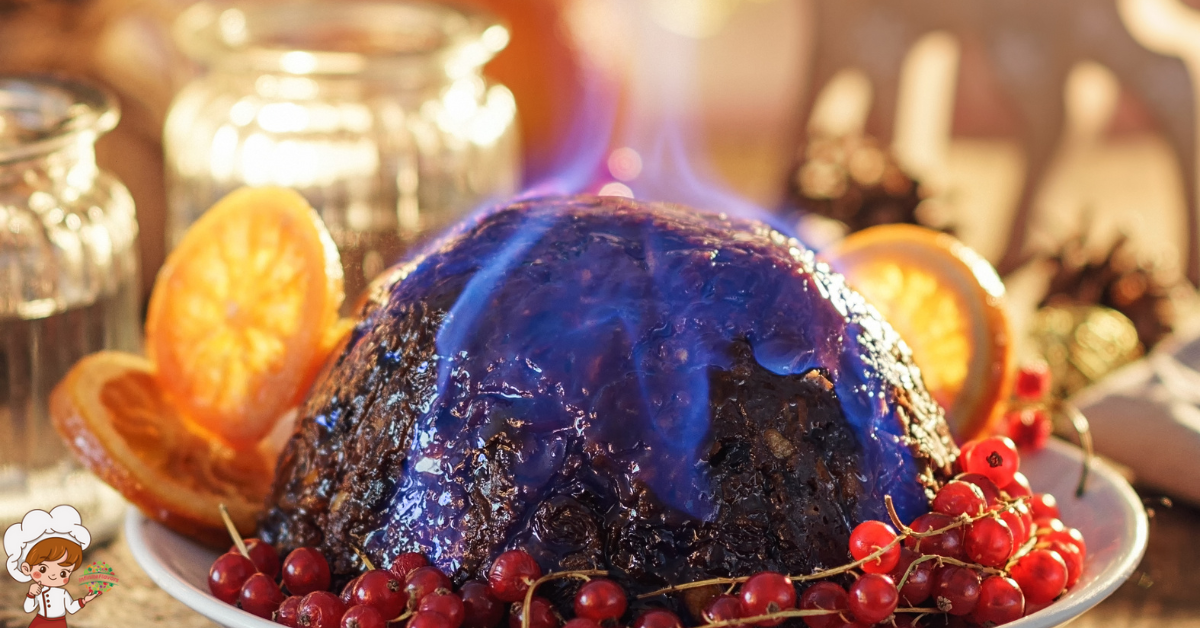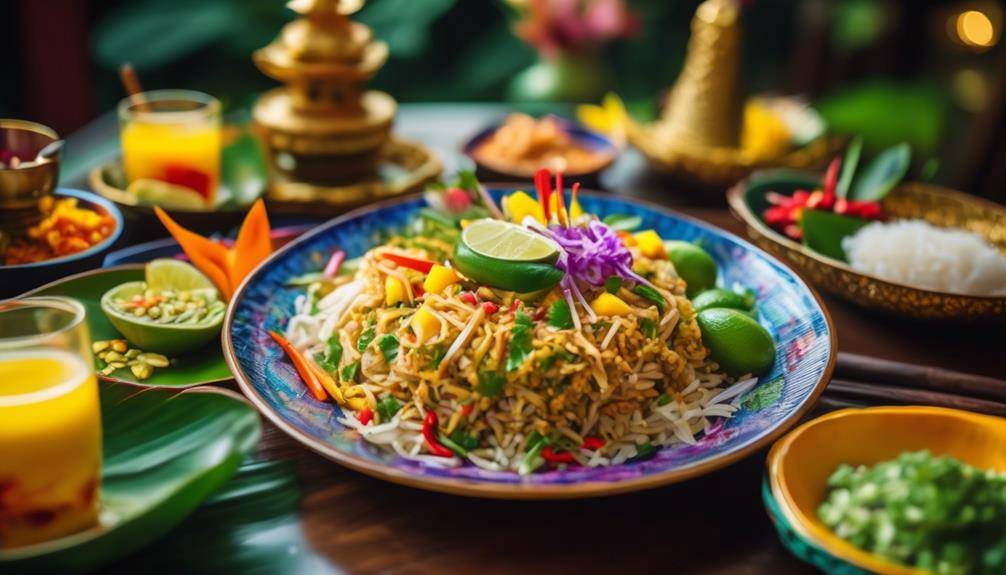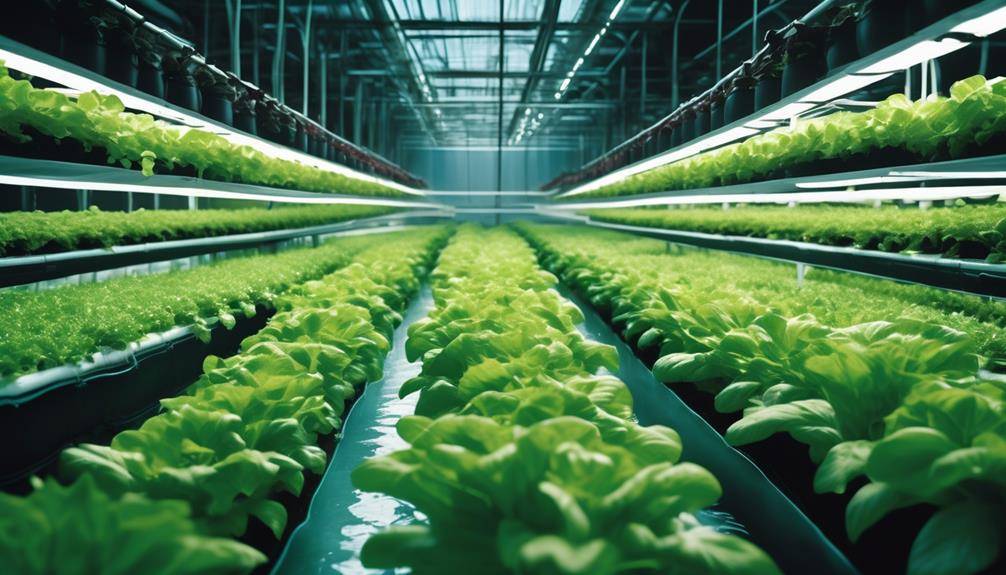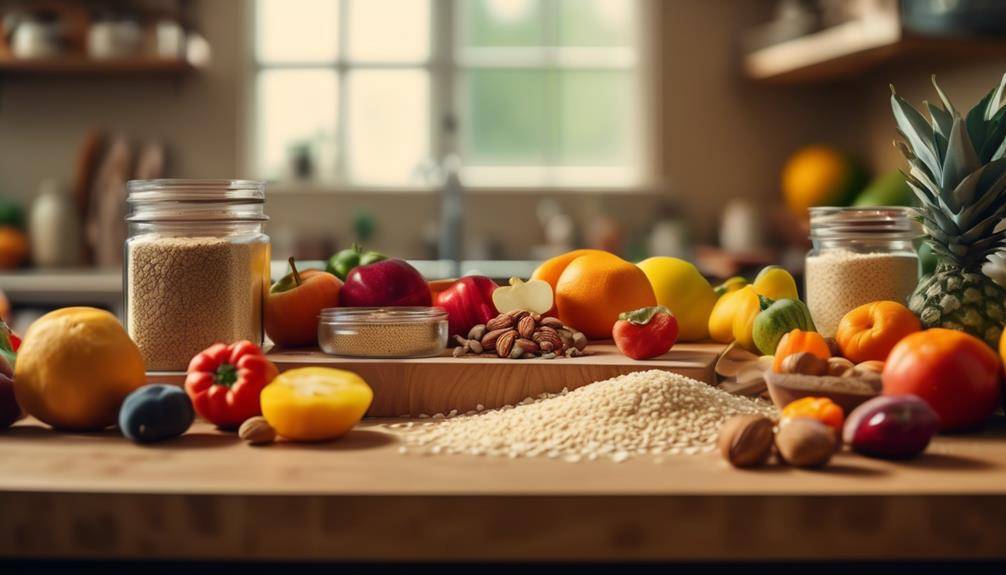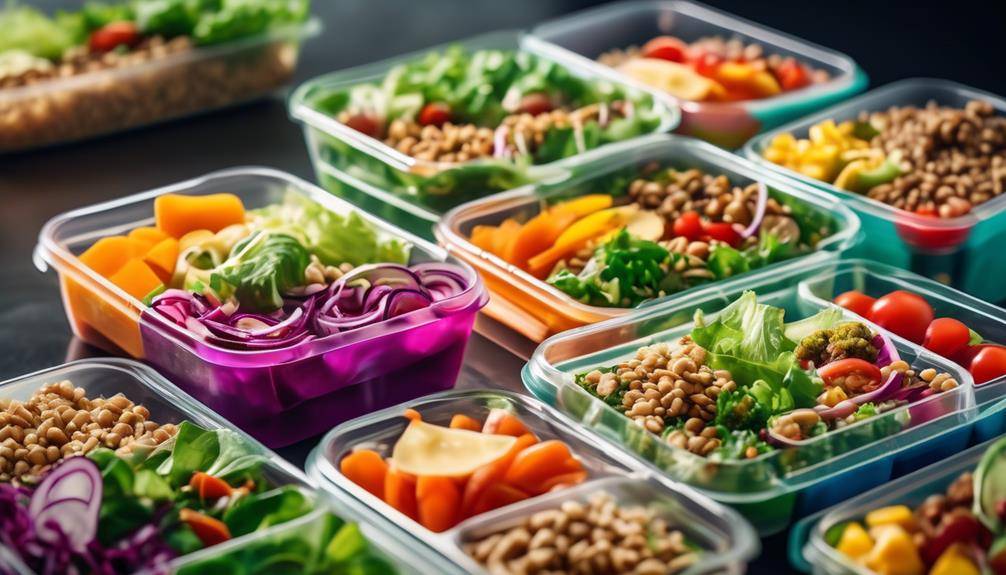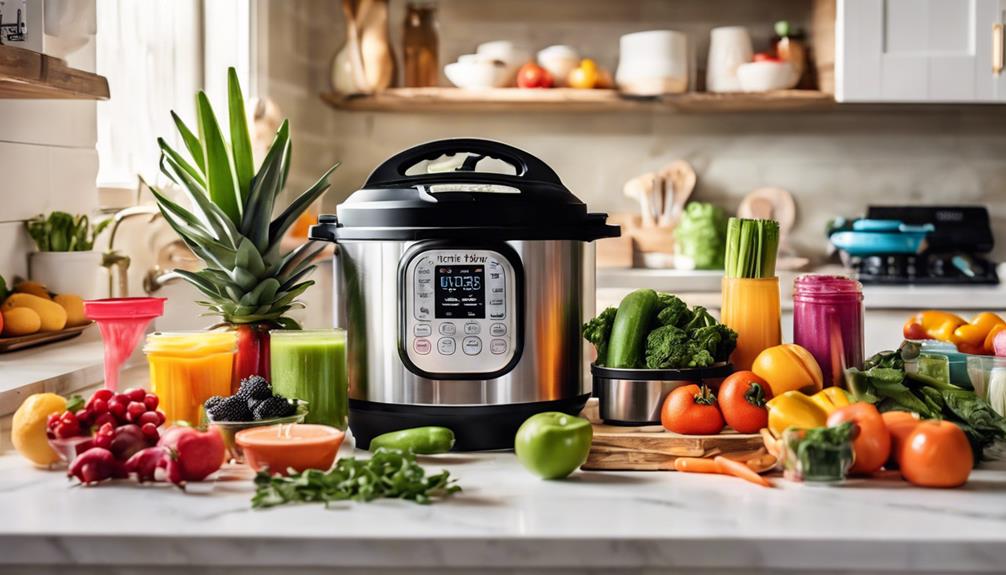The Best Grilling Techniques Perfect for Beginners
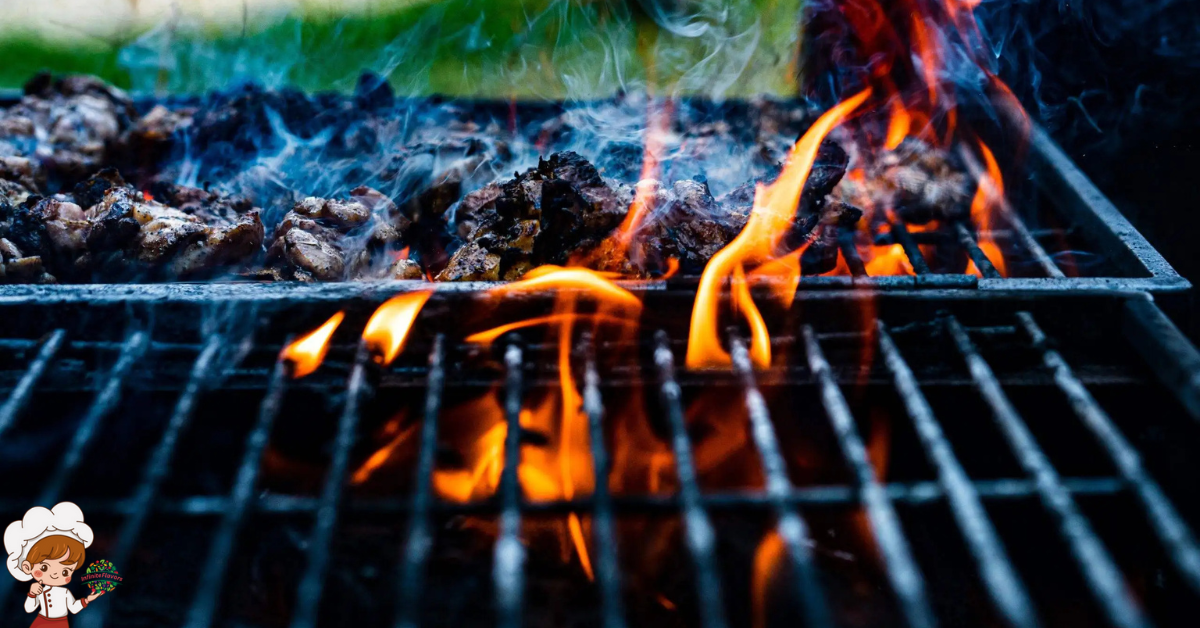
The Best Grilling Techniques Perfect for Beginners
Grilling Techniques Perfect for Beginners; Are you ready to take your grilling skills to the next level? Look no further, because these top grilling techniques are perfect for beginners like you. With direct grilling, you’ll experience the thrill of cooking your food directly over the flame, creating that delicious sear.
Indirect grilling allows for more gentle, even cooking, ensuring your meat is juicy and tender. And with two-zone grilling, you can have the best of both worlds, searing your meat on one side and finishing it off on the cooler side. Don’t forget about reverse searing, marinades and brines, and using a meat thermometer for perfect results every time. Plus, we’ll even show you how to grill vegetables, seafood, and mouthwatering desserts. Get ready to become a grilling pro in no time!
Direct Grilling
If you’re a beginner looking to master grilling, direct grilling is a technique you’ll want to familiarize yourself with. Direct grilling is the most basic and straightforward method of grilling, making it perfect for those just starting out. With direct grilling, you cook your food directly over the heat source, whether it’s a gas or charcoal grill. This method is ideal for foods that cook quickly, like burgers, steaks, and vegetables.
To direct grill, start by preheating your grill to the desired temperature. Then, place your food directly on the grates, ensuring it is evenly spaced and not overcrowded. Keep a close eye on your food as it cooks, flipping it as needed to ensure even browning and to prevent burning. Direct grilling allows for the development of those delicious grill marks that add both visual appeal and a smoky flavor to your food.
One of the key advantages of direct grilling is its simplicity. It requires minimal preparation and allows for quick cooking times, making it perfect for weeknight dinners or impromptu grilling sessions. It also gives you more control over the cooking process, allowing you to adjust the heat and position of your food to achieve your desired level of doneness.
While direct grilling is great for foods that cook quickly, it may not be suitable for larger cuts of meat or foods that require longer cooking times. That’s where indirect grilling comes in. Indirect grilling involves cooking food adjacent to, rather than directly over, the heat source. This method allows for slower, more even cooking, making it ideal for roasts, whole chickens, and other larger cuts of meat.
Indirect Grilling
To continue building your grilling skills, let’s dive into the technique of indirect grilling. This method is perfect for beginners because it allows you to cook food slowly and evenly, resulting in tender and juicy dishes. Here are some reasons why indirect grilling is a great technique to master:
- Versatility: Indirect grilling allows you to cook a wide variety of foods, from large cuts of meat to delicate vegetables. You can even bake bread or pizza on the grill using this technique.
- Gentle Cooking: By placing the food away from the direct heat source, you can avoid charring or burning your dishes. This gentle cooking method is ideal for delicate proteins like fish or for foods that require longer cooking times.
- Grill Maintenance: Indirect grilling reduces the chances of flare-ups and grease fires, as the food is not directly exposed to the flames. This makes grill maintenance easier and keeps your grill in better condition for longer.
- Grilling Safety Precautions: When using indirect grilling, you have more control over the cooking process, reducing the risk of accidents. However, it is still important to follow basic grilling safety precautions, such as keeping a fire extinguisher nearby and never leaving the grill unattended.
Two-Zone Grilling
Now, let’s explore the technique of two-zone grilling to further expand your grilling skills. Two-zone grilling is a versatile method that allows you to create different heat zones on your grill, giving you more control over the cooking process. This technique is particularly useful when grilling with charcoal.
To set up a two-zone grill, start by arranging your charcoal on one side of the grill, creating a hot direct heat zone. On the other side, leave an empty space or place fewer coals to create an indirect heat zone. This setup allows you to sear your food over direct heat and then move it to the indirect heat zone to finish cooking without burning the outside.
The two-zone grilling technique is perfect for beginners because it provides a foolproof way to prevent flare-ups and overcooking. It also allows for more precise cooking of different types of food. For example, you can sear a thick steak over high heat to achieve a caramelized crust and then move it to the indirect heat zone to cook it to the desired doneness without charring the outside.
Not only does two-zone grilling offer better control over the cooking process, but it also allows you to multitask. You can grill delicate vegetables or fish over indirect heat while simultaneously searing a steak or burger on the direct heat side. This technique saves time and ensures that all your food is cooked perfectly.
Reverse Searing
You should frequently consider trying the grilling technique of reverse searing to enhance your grilling skills. Reverse searing is one of the alternative cooking methods that can take your grilling game to the next level. Here’s why you should give it a shot:
- Perfectly cooked meat: Reverse searing involves cooking meat slowly at a low temperature before searing it at high heat. This method ensures that the meat is evenly cooked throughout, resulting in a tender and juicy interior with a deliciously caramelized crust.
- Greater control over doneness: With reverse searing, you have more control over the doneness of your meat. By cooking it slowly first, you can monitor the internal temperature and achieve the desired level of doneness. This is especially useful for thicker cuts of meat, like steaks and roasts.
- Enhanced flavor development: The slow cooking process allows the flavors to develop more fully, resulting in a richer and more complex taste. It also gives the seasonings and marinades more time to penetrate the meat, resulting in a more flavorful end product.
- Reduced risk of overcooking: Reverse searing reduces the risk of overcooking your meat. By cooking it slowly first, you can bring it to the desired temperature without worrying about drying it out or burning it. This method is especially beneficial for beginners who may not have mastered the art of grilling yet.
Marinades and Brines
If you want to take your grilling game to the next level, it’s time to talk about marinades and brines. These techniques are all about enhancing the flavor of your meat and making it tender and juicy. By soaking your meat in flavorful liquids or saltwater solutions, you can infuse it with delicious flavors and ensure that every bite is moist and succulent. So, get ready to elevate your grilling skills with the power of marinades and brines.
Flavor Enhancement Through Soaking
Enhancing the flavor of your grilled dishes is made easy with the frequent use of soaking techniques such as marinades and brines. These flavor-enhancing methods work by infusing the meat with delicious ingredients that complement and elevate its natural taste. Here are four reasons why soaking your meat can take your grilling game to the next level:
- Flavor pairing: Marinades and brines allow you to combine different flavors that work harmoniously together. From tangy citrus and savory herbs to sweet and spicy combinations, the possibilities are endless.
- Tenderness: Soaking your meat in a marinade or brine can help break down tough muscle fibers, resulting in a more tender and juicy final product.
- Moisture retention: By soaking your meat, you create a barrier that helps lock in moisture during the grilling process, preventing it from drying out.
- Enhanced aroma: The infusion techniques used in marinades and brines not only enhance the flavor but also create mouthwatering aromas that will have your neighbors coming over to see what’s cooking.
Tenderizing Meat With Brines
To tenderize your meat, start by using a flavorful brine or marinade. Brining is a technique that involves soaking meat in a solution of salt, water, and other seasonings. This helps to break down the proteins in the meat, resulting in a more tender and juicy final product. The salt in the brine also helps to enhance the natural flavors of the meat.
When brining meat, it’s important to use the right ratio of salt to water. A general rule of thumb is to use about 1 tablespoon of salt for every cup of water. You can also add other seasonings such as herbs, spices, and aromatics to the brine to infuse even more flavor into the meat.
To brine meat, simply combine the salt, water, and seasonings in a container large enough to hold the meat. Submerge the meat in the brine, making sure it is fully covered. Let it brine in the refrigerator for at least a few hours, or even overnight for larger cuts of meat.
Brining is a simple yet effective technique for tenderizing meat and infusing it with flavor. Give it a try and elevate your grilling game to the next level.
Grilling With Marinades
Start by marinating your meat to add extra flavor and tenderness to your grilling experience. Marinating is a simple yet effective technique that involves soaking your meat in a flavorful liquid, allowing it to absorb the flavors and become more tender. Here are four marinating techniques to enhance your grilling game:
- Traditional Marinade: Combine oil, acid (such as vinegar or citrus juice), herbs, spices, and aromatics to create a flavorful liquid that infuses your meat with deliciousness.
- Yogurt Marinade: Mix yogurt with spices, garlic, and ginger for a tangy and tenderizing marinade that works wonders on chicken and lamb.
- Citrus Marinade: Use the zest and juice of citrus fruits like lemons, limes, and oranges to add a bright and refreshing flavor to your meat.
- Asian-inspired Marinade: Combine soy sauce, ginger, garlic, and sesame oil for a savory and umami-packed marinade that complements beef, pork, and chicken.
Experiment with different marinades to discover your favorite flavor combinations and take your grilling to the next level. Happy grilling!
Dry Rubs and Seasoning
You can easily enhance your grilling skills by incorporating dry rubs and seasoning regularly. Dry rubs are a simple yet effective way to add flavor to your grilled dishes. They are a mixture of herbs, spices, and other seasonings that you rub onto the surface of the meat before grilling. The great thing about dry rubs is that you can create your own unique blends by experimenting with different ingredients and ratios.
One of the benefits of using dry rubs is that they help to create a flavorful crust on the outside of the meat. As the meat cooks, the rub forms a delicious caramelized layer that adds depth and complexity to the taste. The combination of spices and herbs in the rub can also help to tenderize the meat and infuse it with a rich and aromatic flavor.
When it comes to seasoning your grilled dishes, there are endless possibilities. From classic combinations like salt and pepper to more adventurous flavors like cumin and paprika, seasoning plays a crucial role in bringing out the best in your food. It helps to enhance the natural flavors of the ingredients and adds an extra layer of taste.
To make your own dry rub, you can start with a base of salt and pepper and then add other spices and herbs according to your preference. Some popular dry rub recipes include barbecue rubs, Cajun rubs, and Mexican rubs. Experiment with different combinations to find your favorite flavors.
Incorporating dry rubs and seasoning into your grilling routine is an easy and effective way to take your dishes to the next level. So, next time you fire up the grill, don’t forget to add a generous amount of dry rub and seasoning to create a mouthwatering masterpiece.
Proper Temperature Control
Achieving precise temperature control is essential for grilling success as a beginner. Proper temperature management not only ensures that your food is cooked to perfection, but it also helps you achieve the perfect sear, imparting that delicious caramelization and flavor that we all crave. Here are some tips to help you master the art of temperature control on the grill:
- Start with a clean grill: Before you begin grilling, make sure your grill grates are clean. A dirty grill can affect the heat distribution, leading to uneven cooking. Use a grill brush to remove any leftover residue from previous grilling sessions.
- Preheat your grill: Preheating your grill is crucial for achieving consistent cooking temperatures. This step allows the grill to reach the desired heat level and ensures even cooking. Just like preheating an oven, give your grill enough time to reach the desired temperature before placing your food on the grates.
- Use zones: Create different heat zones on your grill by dividing the cooking area into direct and indirect heat zones. Direct heat is ideal for searing, while indirect heat is perfect for slow cooking. This method gives you more control over the cooking process and helps prevent flare-ups.
- Invest in a thermometer: To accurately gauge the internal temperature of your food, invest in a good quality instant-read thermometer. This tool will help you determine when your food is cooked to perfection, eliminating the guesswork and ensuring food safety.
Using a Meat Thermometer
To ensure the perfect doneness of your grilled meats, utilize a reliable meat thermometer for accurate temperature readings. Grilling is all about achieving that perfect balance of flavor, tenderness, and juiciness, and using a meat thermometer is a foolproof way to achieve just that.
When it comes to grilling, using a meat thermometer is essential for several reasons. First and foremost, it helps you avoid undercooking or overcooking your meats. This is especially important for beginners who may not be able to judge the doneness of their meats by touch or experience alone. With a meat thermometer, you can easily check the internal temperature of your meat, ensuring that it is cooked to perfection.
Using a meat thermometer is also crucial when grilling with marinades. Marinades not only add flavor to your meats but also help tenderize them. However, some marinades can make it difficult to determine the doneness of your meat visually. By using a meat thermometer, you can ensure that your marinated meats are cooked to the recommended safe internal temperature, eliminating any guesswork.
When using a meat thermometer, it’s important to follow a few key steps. First, make sure to insert the thermometer probe into the thickest part of the meat, avoiding any bones or fat. This will give you the most accurate reading. Second, wait for a few seconds to allow the thermometer to stabilize and provide an accurate temperature reading. Lastly, clean and sanitize your meat thermometer after each use to prevent cross-contamination.
Grilling Vegetables and Fruits
Grilling vegetables and fruits not only adds a delicious smoky flavor, but it also brings out their natural sweetness and enhances their textures. Imagine biting into a crispy grilled zucchini or a juicy grilled peach – it’s a burst of flavors that will leave you wanting more. Whether you’re a beginner or a seasoned griller, mastering the art of grilling vegetables and fruits will take your outdoor cooking game to a whole new level.
Crispy Vegetable Texture
When grilling vegetables and fruits, you can achieve a crispy texture by following these simple steps:
- Choose the right vegetables: Opt for vegetables that have a firm texture, such as bell peppers, zucchini, and eggplant. They will hold up better on the grill and maintain their crispiness.
- Prep the vegetables: Slice the vegetables into even pieces to ensure even cooking. Brush them with olive oil and sprinkle with salt and pepper to enhance their flavor.
- Preheat the grill: Preheat the grill to medium-high heat. This will help to sear the vegetables quickly, locking in their natural juices and creating a crispy exterior.
- Grill to perfection: Place the vegetables directly on the grill grates and cook them for a few minutes on each side, until they are tender but still have a slight crunch. Avoid overcooking them, as this can result in a mushy texture.
Sweet and Savory Fruits
For grilling sweet and savory fruits, you can achieve delicious results by following these steps. First, choose fruits that are firm and ripe, such as peaches, pineapples, or watermelon. Cut them into slices or wedges for easy grilling.
Next, preheat your grill to medium heat and lightly brush the fruit with olive oil to prevent sticking. Place the fruit directly on the grill grates and cook for a few minutes on each side until you see grill marks and the fruit is slightly softened. The heat caramelizes the natural sugars in the fruit, enhancing their sweetness. You can also try sprinkling some brown sugar or cinnamon for added flavor. Grilled fruits make a great accompaniment to grilled vegetables and meats, adding a refreshing and unexpected twist to your BBQ feast.
Grilling Seafood
To enhance your grilling skills as a beginner, consider incorporating seafood into your repertoire using the following techniques:
- Direct Grilling: This is a simple and straightforward technique that involves placing seafood directly over the heat source. It works well for fish fillets, shrimp, and scallops. Just make sure to oil the grill grates to prevent sticking.
- Indirect Grilling: This technique is ideal for larger seafood items like whole fish or crab. It involves cooking the seafood away from the direct heat, using the grill’s lid to create a convection effect. This method ensures that the seafood cooks evenly and retains its moisture.
- Cedar Plank Grilling: Cedar plank grilling adds a unique smoky flavor to seafood. Soak a cedar plank in water for about an hour, then place it on the grill and allow it to heat up. Once it starts to smoke, place your seafood on top and let it cook. The plank not only imparts flavor but also protects the seafood from direct heat.
- Grilling Shellfish: Grilling shellfish like clams, mussels, and oysters is a breeze. Simply place them on a preheated grill and wait for them to open up. Once they do, they’re ready to be enjoyed. You can also add a flavorful garlic butter or herb mixture before grilling to enhance their taste.
When grilling seafood, it’s important to keep a close eye on the cooking time, as seafood tends to cook quickly. Overcooking can result in dry and rubbery seafood, so aim for a slightly opaque and tender texture. With these techniques, you’ll be able to impress your family and friends with perfectly grilled seafood every time.
Mastering Grilled Desserts
How can you elevate your grilling skills as a beginner and create delicious desserts on the grill? Well, the answer lies in mastering the art of grilling desserts. Grilling isn’t just for savory dishes like burgers and steaks; it can also be a fantastic way to add a smoky and caramelized flavor to your sweet treats.
One delicious dessert option is grilling with cheese. Yes, you read that right – cheese on the grill! Try grilling slices of halloumi cheese until they become golden and slightly charred. The result is a delightful combination of smoky and salty flavors that pairs perfectly with a drizzle of honey or a sprinkle of fresh herbs. Another option is grilling fruit with a layer of melted cheese on top for a sweet and savory dessert that will impress your guests.
But don’t stop there – experimenting with spices can take your grilled desserts to a whole new level. Sprinkle some cinnamon and sugar on grilled peaches or pineapple for a mouthwatering treat. Or try grilling bananas with a sprinkle of nutmeg and a dollop of vanilla ice cream for a warm and comforting dessert that will have everyone coming back for seconds.
Frequently Asked Questions
Are There Any Safety Tips Beginners Should Know Before Starting to Grill?
Before you start grilling, it’s important to know some safety tips. Keep a fire extinguisher nearby, use long-handled tools, and never leave the grill unattended. These beginner grilling tips will help you stay safe while enjoying delicious food.
How Long Should I Let Meat Rest After Grilling?
After grilling, it’s important to let your meat rest for a few minutes. Resting time allows the juices to redistribute, resulting in a more flavorful and tender bite. Don’t rush it, the wait is worth it!
Can I Use the Same Marinade or Seasoning for Different Types of Meat?
When grilling different types of meat, you can use the same marinade or seasoning. It’s a convenient way to save time and add flavor to your dishes. Here are some top grilling techniques perfect for beginners.
What Are Some Common Mistakes Beginners Make When Grilling?
You’re excited to start grilling, but don’t let beginner mistakes ruin your experience. From overcooking to not preheating the grill, these common errors can be avoided with these simple tips for grilling success.
How Can I Prevent Vegetables and Fruits From Sticking to the Grill Grates?
To prevent vegetables and fruits from sticking to the grill grates, try these grilling hacks: brush the grates with oil, use a grill basket or foil packet, or try alternative grilling methods like skewering or using a grill mat.
Conclusion
So there you have it, beginner grillers! These top grilling techniques are the perfect way to kickstart your grilling adventures. From direct grilling to mastering grilled desserts, there’s something for everyone. Don’t forget to use marinades, brines, and a meat thermometer for that perfect flavor and doneness. And don’t limit yourself to just meat – try grilling vegetables, fruits, and seafood too! With these techniques in your arsenal, you’ll be grilling like a pro in no time. Happy grilling!



